Ready for a wild ride into the heart of clown symbolism? We’re about to plunge beneath the surface, unravel the laughter, and reveal the rich hidden meanings behind those colorful faces.
Expect surprises and insights that will change the way you see clowns forever. Let’s dive in!
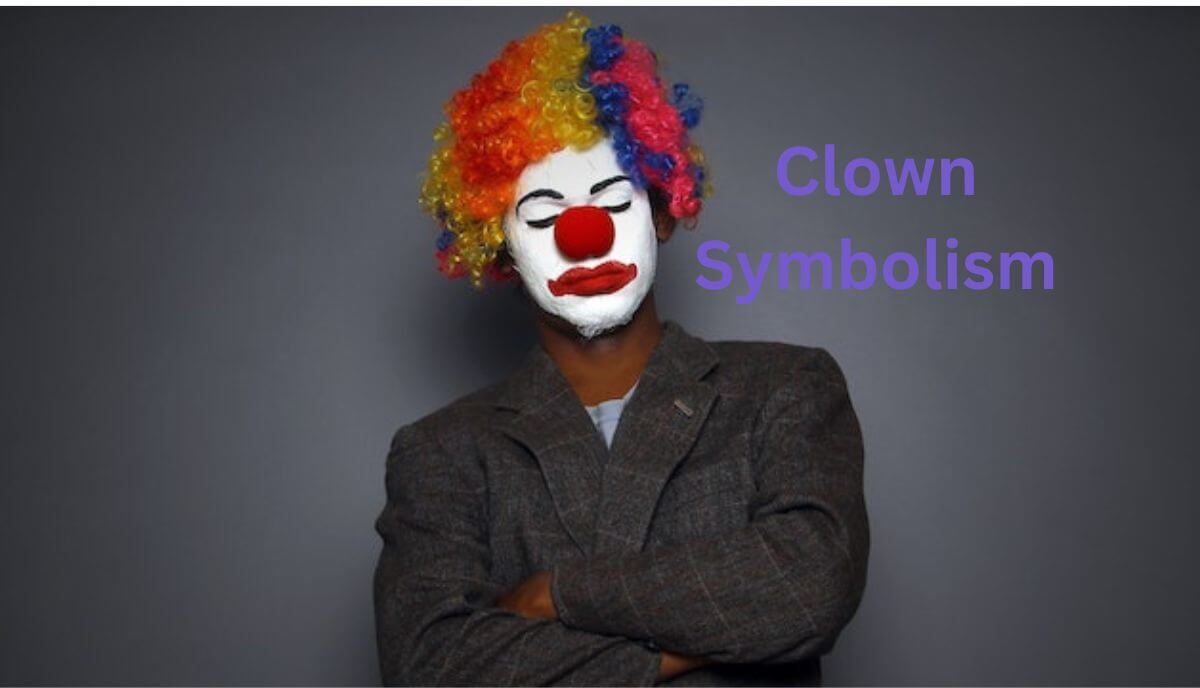
Clown Symbolism
Clowns are symbols of many things. They bring humor and joy and show innocence like children. They can represent sadness and life’s tough moments, and create a sense of chaos. Clowns can also be wise despite acting foolish. For some, they may even symbolize fear.
Humor and Joy
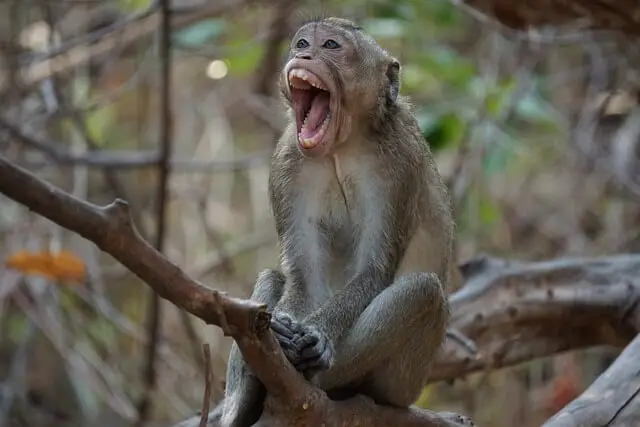
From their oversized shoes to their brightly painted faces, every bit of a clown is designed to tickle your funny bone and leave you in stitches.
But it’s not just about the giggles and grins. No, no. It goes way deeper. Clowns aren’t just the life of the party; they’re the soul of it, the spark that sets off a ripple of joy that touches everyone present.
This isn’t just about a cheap laugh or two. It’s about spreading joy, about making the world just a bit brighter, one chuckle at a time.
Especially when it comes to our little ones, clowns transform even the dullest of rooms into a vibrant playground, bursting with laughter and echoing with squeals of delight.
Innocence and Childishness
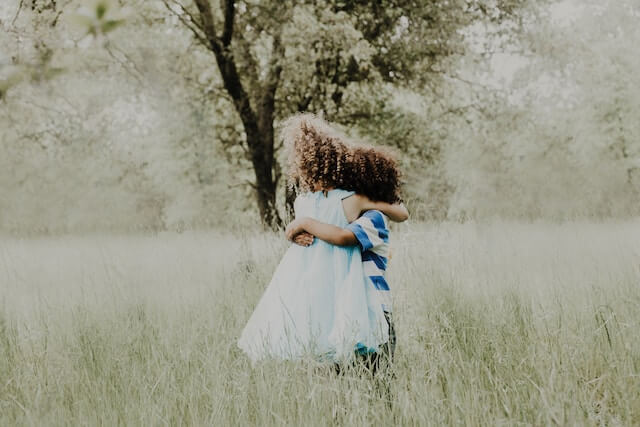
You see, clowns, in all their wacky glory, aren’t just there to split our sides with laughter. They’re also a mirror reflecting the purest aspects of childhood – innocence, silliness, and an uncomplicated, straightforward view of the world.
Picture it: a clown, with their funny antics and slapstick humor, all of it unfolding like a cartoon come to life. It’s not just hilarious, it’s a call back to the glorious, worry-free days of our childhood. It’s an invitation to let go of your adult sensibilities for a bit, to revel in the simple joy of a pratfall or a pie in the face.
Clowns are a reminder that it’s okay to be silly, to laugh for no reason, and to view the world through a simpler lens. They wake up that childlike wonder and mirth within us, even in the most grown-up hearts.
Read Also: Pencil Symbolism
Sadness and Tragedy

Switching gears here, let’s dive into the darker waters of clown symbolism. Even in the midst of laughter and joy, clowns carry a hint of sorrow, a touch of tragedy.
Sounds paradoxical, doesn’t it? But think about it – ever heard of the ‘tears of a clown’? There’s a profound message hiding behind that painted smile.
We mainly associate clowns with bright colors, laughs, and jokes. But there’s another side to this coin, a side that’s often hidden under layers of makeup and oversized costumes. The sad clown stereotype isn’t just about painting a tragic figure; it’s a poignant reminder of the delicate balance between joy and sorrow, a testament to the human ability to find laughter even in times of pain.
In some ways, the image of the sad clown mirrors our own life. It’s a symbol of how we, too, wear masks to hide our inner struggles, channeling our pain into something that can bring joy to others.
Chaos
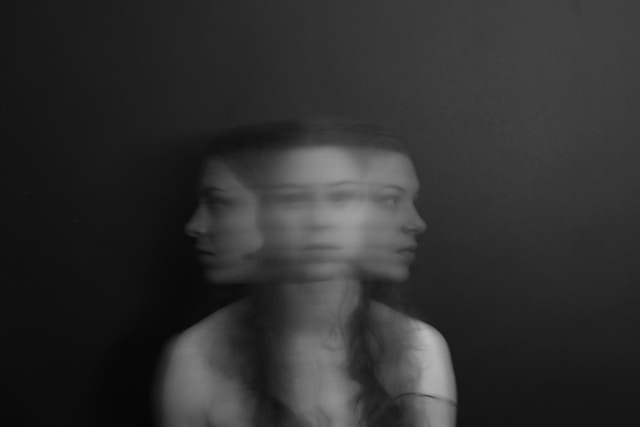
Now, you might be thinking, “Chaos? Really? But clowns are all about fun and games!” And you’d be right, my friend. But here’s the catch: clowns aren’t just entertainers. They’re rule-breakers, convention-shakers, masters of unexpected, spontaneous mayhem.
See, clowns are not known for their adherence to societal norms. Far from it. They dance on the boundaries of what’s considered ‘normal’, they frolic in the realm of the unpredictable.
Oversized shoes? Check. Whacky clothes? Check. Unpredictable antics? Double check. They defy order, they challenge conventions, and in doing so, they bring a unique kind of chaos to life.
But it’s not just mindless anarchy. It’s a rebellion, a way of challenging the status quo. By breaking the rules, clowns make us question those rules. They give us a glimpse of a world unbound by norms and regulations.
Foolishness and Wisdom
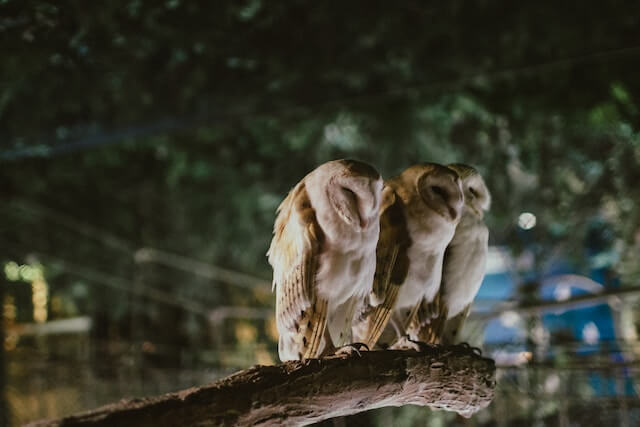
And now the most paradoxical aspect of clown symbolism – the tightrope walk between foolishness and wisdom. On the surface, clowns might seem like the epitome of foolishness. After all, their job is to play the fool, right?
Yes, they might trip over their own feet or get a pie to the face, but amidst this apparent foolishness, they often deliver sharp insights and profound truths. Ever noticed how a clown’s antics can highlight societal quirks or poke fun at conventions? That’s no accident.
Clowns hold a mirror up to society, reflecting its absurdities and ironies through their ‘foolish’ behavior. But in doing so, they deliver a kind of wisdom that’s hard to ignore.
They make us laugh, sure, but they also make us think. It’s a delicate dance, this balance between foolishness and wisdom and clowns perform that perfectly.
Fear

Let’s shift into a darker lane. Amidst all the joy, laughter, and wisdom, there’s an eerie facet of clown symbolism that cannot be ignored – fear. Yup, believe it or not, our whimsical jesters can also symbolize something far less cheery.
Ever heard of ‘Coulrophobia’? It’s an actual term for the fear of clowns. Spooky, huh? Clowns, with their painted smiles and exaggerated features, may appear friendly, but they can also be uncanny, and unnerving.
Thanks to movies like “IT”, we’ve seen clowns transform into symbols of horror, embodying our deepest fears and insecurities. It’s that creepy mix of what seems safe and what seems scary that really freaks us out – the idea that something dangerous might be hiding under what looks completely harmless.